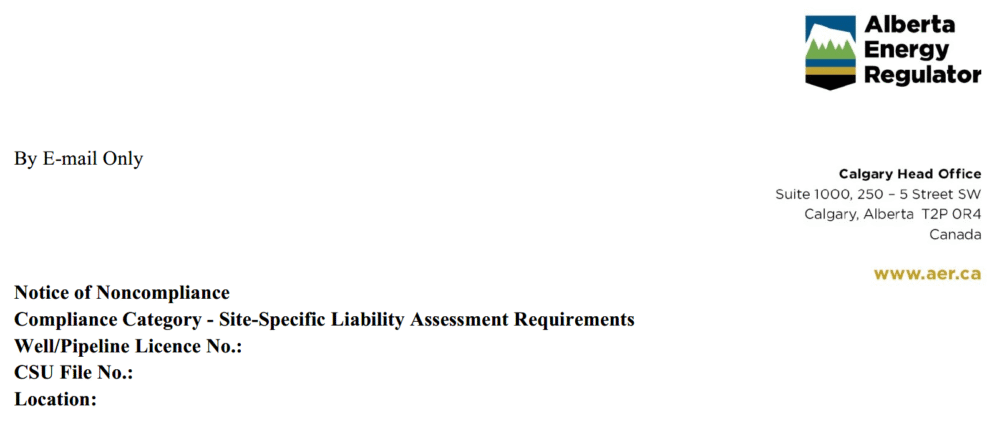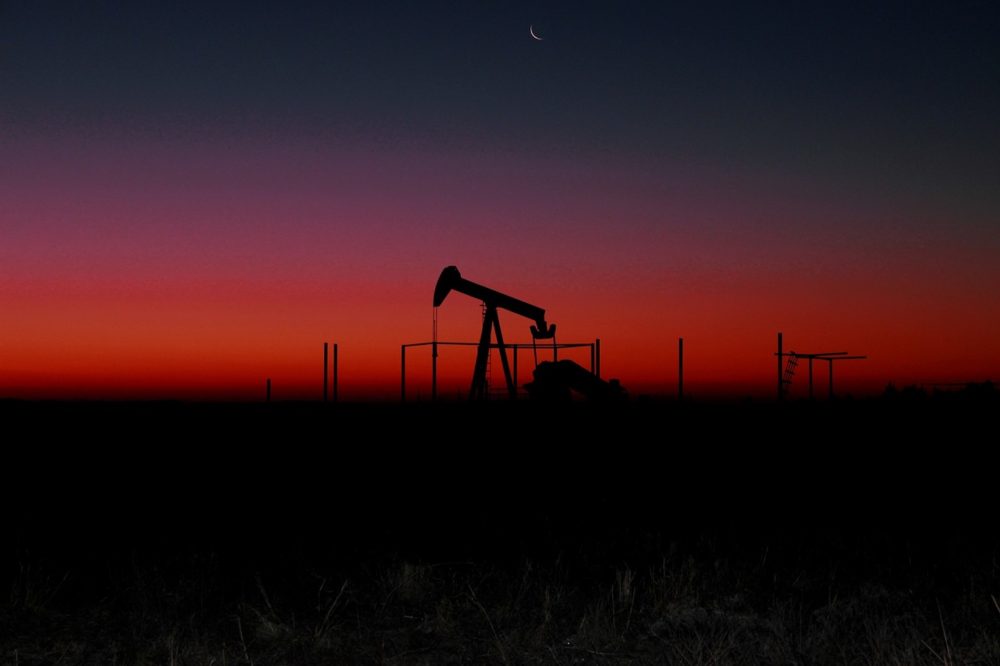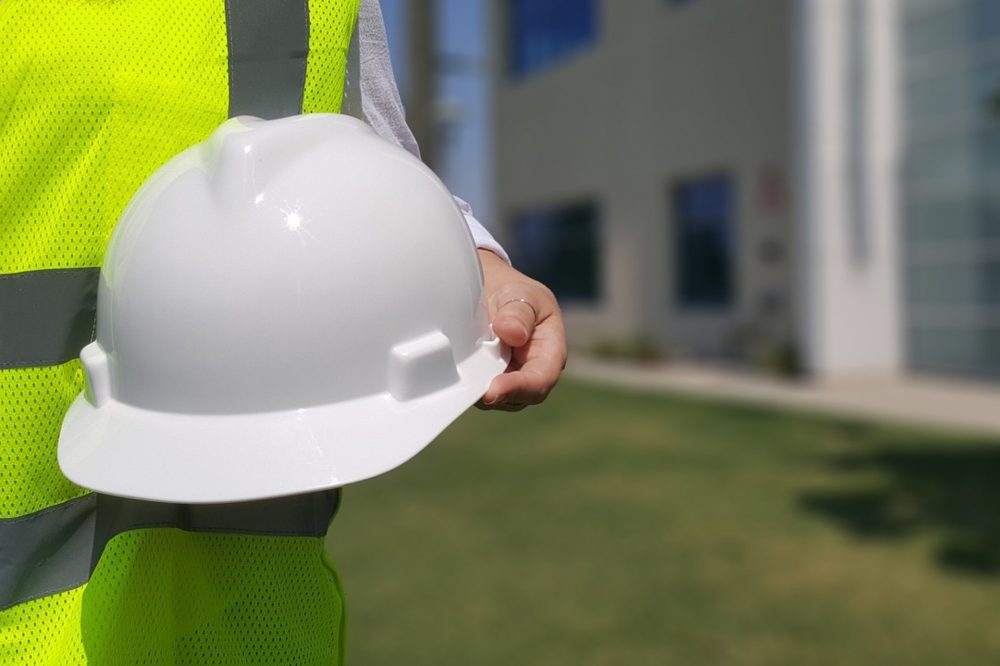For operators, understanding and managing environmental liabilities is a key part of responsible asset stewardship. The legal responsibility to safely close and clean up energy development sites is inherent from the moment land disturbance for resource extraction begins. The Alberta Energy Regulator (AER) requires operators to submit a Site-Specific Liability Assessment (SSLA) to estimate the cost to suspend, abandon, remediate, and reclaim a site, as well as provide reasonable care and measures from shutdown of operations through to site reclamation. The requirements for SSLA’s are provided in Directive 001 Requirements for Site-Specific Liability Assessments and Directive 011 Estimated Liability.
SSLA’s are required when directed by the AER but are generally associated with:
- Large facilities or waste management facilities – Require an initial SSLA when the facility becomes operational and then an SSLA update every 5 years. Directive 011, Appendix 1 sets out licence types that are eligible.
- Sites that are a higher risk for environmental contamination. Generally issued with a non-compliance letter by the AER or can be self disclosed based on the Directive 011, Section 6.2, Requirement 9. These occur when site conditions indicate that estimated liability is significantly higher than the regional estimated liability.
- Non-Compliance sites generally require the SSLA, and all associated assessments to be completed within 90 days.
An update to Directive 001 and Directive 011 was released on February 7, 2025, which included stronger language associated with the requirements associated with an SSLA submission. In the directives the word “must” represents a requirement and is as follows:
- An SSLA must be based on a Phase 1 Environmental Site Assessment (ESA).
- North Shore is able to utilize previously completed Phase 1 ESA’s if the information is recent, relevant, and substantial changes to the facility or potential for impacts has not changed.
- Areas of potential environmental concern (APEC) identified in the Phase 1 ESA must be investigated and documented in a Phase 2 ESA following the requirements established in the Alberta Tier 1 Soil and Groundwater Remediation Guidelines and Remediation Regulation.
- Accessible Areas – must be investigated to develop a volume estimate if potential impacts are present. In recent history, intrusive investigations were not heavily mandated on certain sites but have now become an enforceable requirement.
- Restricted Areas – must provide a justifiable rationale for the restricted scope of work and must provide sufficient budget contingencies to address remediation costs.
- Previously completed assessments or planned future assessments can be used to justify excluding this requirement if the information available is adequate enough to meet Regulatory expectations.
- Include a record of site condition (ROSC) submission in OneStop.
An SSLA is a detailed process. It starts with reviewing the asset inventory, identifying associated infrastructure, and evaluating decommissioning requirements. From there, it moves into quantifying closure costs for known high-risk sites and applying a rational, defensible decision framework for those where risks are less clear.
At North Shore, Laura F., a seasoned Professional Agrologist with over 15 years of industry experience, leads the SSLA program and reporting efforts. She explains, “The goal of every SSLA is to quantify closure risk while equipping stakeholders with the information they need to make informed, confident decisions.”
Laura emphasizes that effective SSLAs require a deep understanding of the full lifecycle of oil and gas assets. “It’s about evaluating closure risk through multiple lenses,” she says. “We look at asset vintage, on-site processing activities, and the licensee’s long-term plan for the asset to develop the SSLA.” Historical site data and reports play a crucial role in shaping remediation strategies and estimating remediation volumes.
When asked about AER feedback on submitted reports, Laura noted the importance of transparency: “The regulator expects a clear, rationale-based framework. That includes accounting for all areas of concern, along with the assumptions behind each estimate.” She also points out that SSLAs must be submitted with complete supporting documentation through the AER’s OneStop system.
For clients, the SSLA process provides more than regulatory compliance – it offers clarity on deemed liability and helps proactively manage fiscal responsibilities. According to Laura, “The process is much smoother when previous environmental assessments are already documented and uploaded. That foundation allows us to move quickly and deliver actionable insights.”

Having completed large-scale SSLA projects across multiple client portfolios over the last 14 years, North Shore is well positioned to help more operators meet AER expectations while confidently managing their site closure liabilities.



